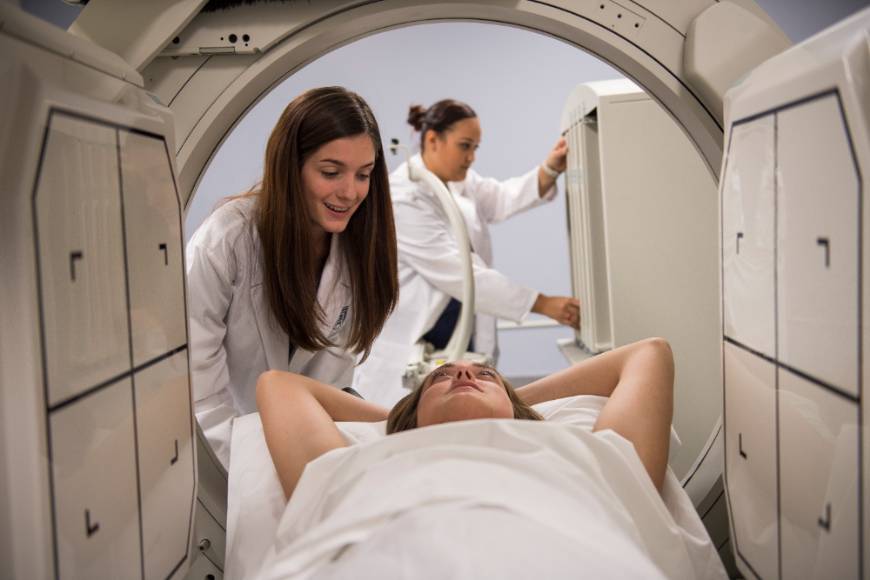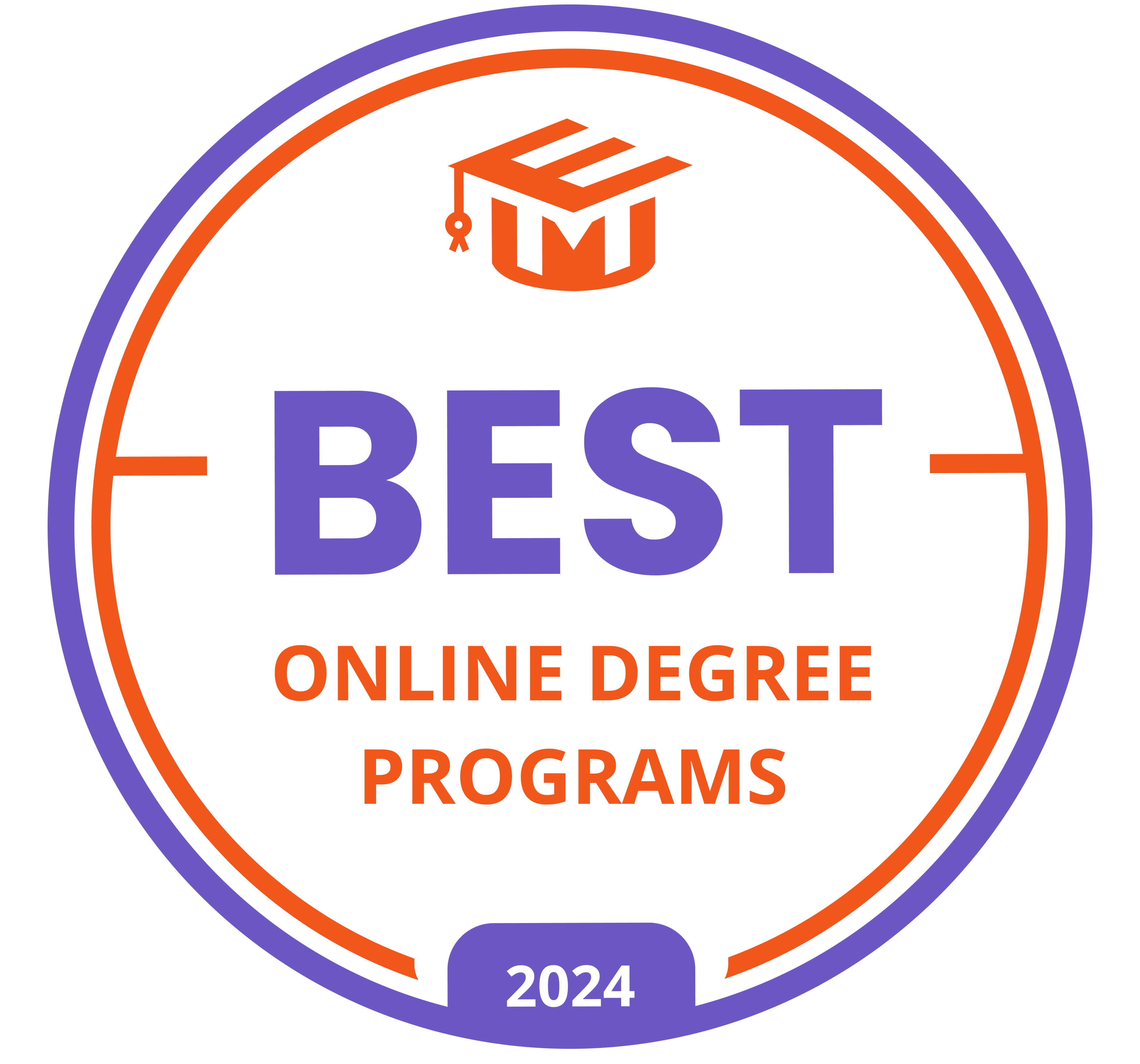Nuclear Medicine technologists work closely with imaging physicians to diagnose and treat disease. This field combines chemistry, physics, mathematics, computer technology and medicine. Nuclear medicine uniquely provides information about both the structure and function of virtually every major organ system within the body. This ability to characterize physiology separates nuclear medicine from other imaging modalities like X-ray and MRI.
Nuclear medicine procedures are safe, involve little or no patient discomfort, and do not require anesthesia.


NMT ranks #1 Best Online Nuclear Medicine Technologist Programs by EDUMED.
A highly-specialized NMTNuclear Medicine Technologist works closely with the nuclear medicine physician. Some primary responsibilities are:
During an imaging procedure, the technologist works directly with the patient to:
We offer three pathways to a degree in nuclear medicine technology:
The nuclear medicine technology program at Augusta University is accredited by the Joint Review Committee on Educational Programs in Nuclear Medicine Technology (JRCNMT), 820 W. Danforth Rd., #B1 / Edmond, OK 73003; phone 405-285-0546; mail@jrcnmt.org; www.jrcnmt.org. For more information go to JRCNMT online directory of accredited programs and read the program's directory listing (https://www.jrcnmt.org/find-a-program/).
Graduate achievement data is an indicator of program effectiveness, demonstrating the extent to which a program achieves it goals. The current report on graduate achievement data, identified by program, is available on the JRCNMT website by clicking on the following link: Graduate Achievement Report
The AU NMT program is accredited by the JRCNMT (jrcnmt.org) and therefore graduates of the program are eligible to attempt the NMTCB (Nuclear Medicine Technology Certification Board) national certification examination. Additionally, since AU is accredited by the Southern Association of Colleges and Schools Commission on Colleges (SACSCOC), the body for the accreditation of degree-granting higher education, graduates of the program are also eligible to attempt the ARRT (American Registry of Radiologic Technologists) national registry examination.
While attempting either or both of the national certification/registration examinations is not a requirement of graduation, many employers require certification/registration as a criteria for employment. Also, some states require licensure as a condition for employment. And while many states will accept the national certification/registry credential in lieu of sitting for a state licensure examination, the Nuclear Medicine Technology Program has not determined whether this program satisfies the requirements of all states and territories for state licensure. It is the responsibility of the applicant to inquire of the state licensure board within which they live or plan to work in order to determine whether graduation from this program meets state requirements.
Although the NMT program offers coursework in CT, the program is not a CT program. Additional training will be required before you are qualified to take either national certification exam in CT. CT certification requires prior certification in nuclear medicine technology, radiography or radiation therapy.
Nuclear Medicine Technology
Gregory Passmore, PhD, Chair
706-721-4181
Jan Bane, Program Coordinator
706-721-4176
Current Classes
| Class of May 2024 | |
|
|
|
|
Class of May 2025
|